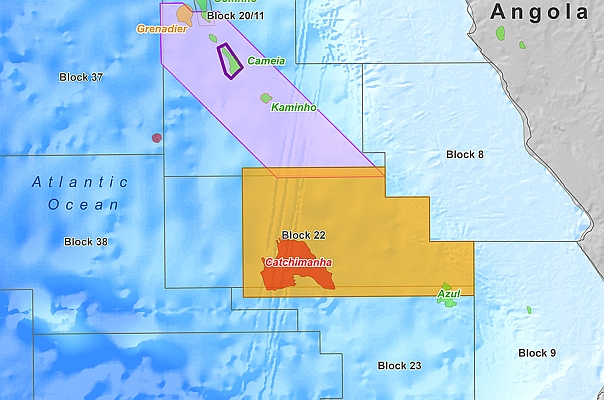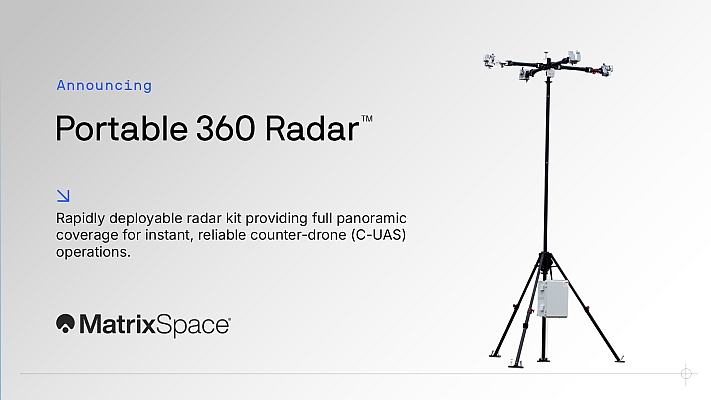Smart grid technology seized the spotlight at this year’s ESRI Electric and Gas User Group (EGUG) Conference. Keynote speakers suggested that the smart grid concept is the foundation for a new era of power system management. Moreover, they described how geographic information system (GIS) technology is an essential component of this transformation technology.
Speaking to more than 400 participants in a video address at the EGUG Conference in Nashville, Tennessee, on October 8, CenterPoint Energy’s GIS manager Cindi Salas explained how her company is nearing completion of a limited deployment designed to test the effectiveness of smart grid technology.
Salas stated, “The smart grid concept is a transformation opportunity for the industry. Individual utilities cannot opt out and still achieve the level of transformation required. Consumer demand for more reliable and faster response and improved performance has driven CenterPoint Energy to evaluate technologies that will help satisfy a full spectrum of communication needs. GIS technology will play a key role in the automation strategy in that it will provide the initial infrastructure data that will fuel the automated analytics. In addition, the results of analytics on the intelligent grid are best presented in a geographic dimension.”
In a video address to attendees, ESRI president Jack Dangermond spoke about GIS trends utilities are implementing that support the smart grid concept. “ArcGIS Server with intelligent technology standards for interoperability leads to faster and improved performance speeds needed for dynamic data representations,” Dangermond explained. “This enables transitions from a static to a real-time environment that incorporate many different types of data. For example, weather information, truck tracking, and sensor device information can be quickly brought into an application with the smart grid to model the service network. This is changing the way utilities monitor their grids and manage their businesses.”
“The utility of the future requires more than progress; it requires change,” suggested Bill Meehan, ESRI’s Utility Solutions director. “GIS is breakthrough technology. It is integral to the call center for directing customer service, foundational for advanced metering systems, and essential for decision support.”
The EGUG Conference was hosted by Nashville Electric Service (NES). The company’s vice president of operations (engineering), Paul H. Allen, delivered the keynote address in which he explained many of the GIS applications being used in the company’s enterprise system. He described cost-efficient benefits such as how GIS has improved the company’s outage management system, reducing outage durations by approximately half. Another example was the integration of automated vehicle location routing GIS applications that deliver real-time fleet management data, which also has resulted in significant savings in man-hours and field costs for NES.
Conference attendees benefited from paper sessions and panel discussions presented by other electric and gas GIS users. They also attended ESRI product demonstrations and participated in community discussions about concerns, solutions, and technology needs. ESRI business partners were available to showcase their latest GIS applications and possibilities for the electric and gas industry. Learn more about the EGUG Conference and see papers at www.esri.com/EGUG.






